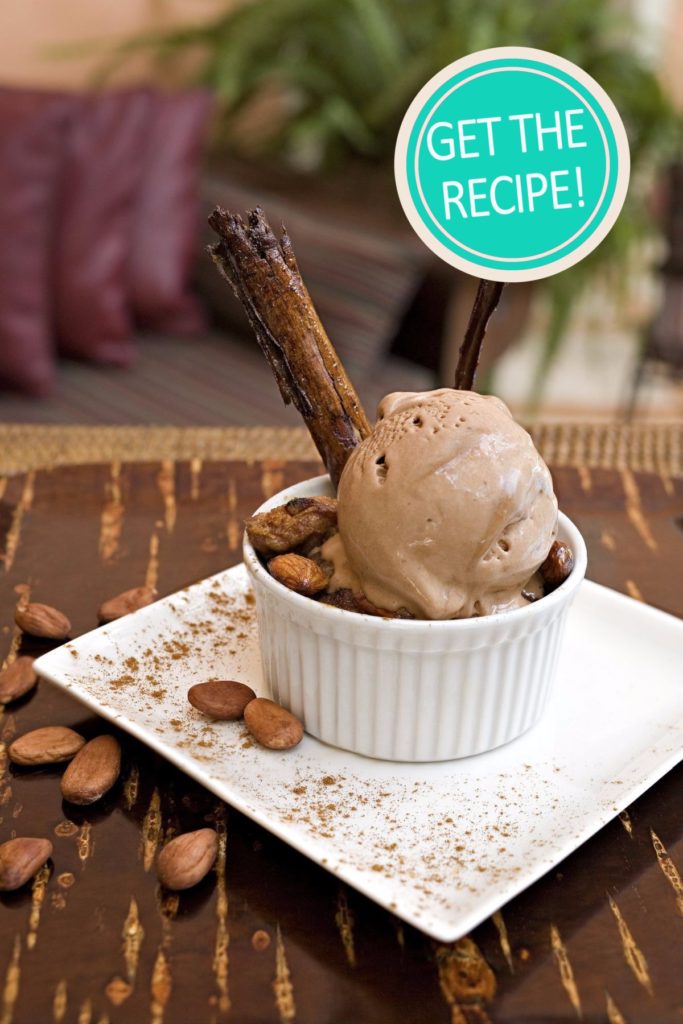Every once in a while (and not nearly often enough) a book comes along that alters the landscape of gastronomic literature, filling a major gap in our knowledge of a particular part of the world. Unforgettable writers like Elizabeth David, Paula Wolfert, Madhur Jaffrey, Claudia Roden, Charmaine Solomon, Maricel Presilla, Naomi Duguid, Coleman Andrews and Diana Kennedy (I could go on) have produced definitive works on previously unexplored culinary regions, devoting lifetimes to the research and documentation of recipes and foodways in lands largely foreign to the rest of us.
David Sterling joins this luminous pantheon with the publication of a groundbreaking book on the cuisine of the Yucatán peninsula, one of Mexico’s most distinctive — and until now poorly documented –culinary regions.
I met Sterling several years ago when I took a class at Los Dos, the cooking school he founded in Mérida, the provincial capital of the State of Yucatán. Martha Stewart, Mark Bittman, Rick Bayliss and Diana Kennedy had all been there before me and I was curious to find out who or what was behind all this buzz.
After a shopping trip to Mérida’s bustling central market, with Sterling as our guide, we donned blue denim aprons emblazoned with Los Dos’ twin bull logo and spent the morning helping to roast chiles, tomatoes, onions and whole heads of garlic, concocting elaborate moles for dishes with unpronounceable names, grinding up pumpkin seeds for sauces known as pipians and learning, with much trial and error, to pat out tortillas by hand from lumps of fresh corn masa. Throughout the process we were steered by Sterling’s unflappable voice and gentle but firm insistence on perfect technique. Despite the fact that he must have given the same class a hundred times, his passion for the subject and extraordinary knowledge of Yucatecan history, culture and cooking were obvious, and impressive.
A lingering lunch in the formal dining room of Sterling’s meticulously restored colonial villa was the reward for our labours. We noshed on “snakehead” fritters made from maize, lima beans and squash seeds; panuchos (deep-fried, bean-stuffed tortillas topped with shredded chicken and pickled red onions), and a refreshing salad of jicama and mandarin oranges dressed with chile flakes and the tart juice of bitter oranges. Then came queso relleno – a layered casserole of Dutch Edam cheese and savoury mincemeat cooked in banana leaves. This is a modernized take on a dish traditionally cooked in a whole, hollowed-out ball of Edam, testament to Yucatán’s important trading links with Europe during the colonial period. The main event – Venado en Pipian Rojo (tender, slow- cooked wild venison in a red squash seed sauce) was a rare treat, Sterling explained, as venison, although still hunted along with other wild game, is becoming hard to find in local markets. Those of us who could still find room finished with Caballeros Pobres – a luscious, rich bread pudding with cinnamon syrup and nuts, topped with a scoop of ice cream made from Mexican chocolate and spiked with achiote, vanilla, allspice and chile.
This magnificent meal (recipes for all of which you will find in Yucatán: Recipes from a culinary expedition) was an illustration of the mix of cultures that have shaped Yucatecan cooking. As Sterling explains in his introductory chapter, the geographical, political, historical and social influences that have shaped the cuisine of the Yucatán peninsula differ significantly from those at play in other parts of Mexico. The pre-Colonial Maya who inhabited the peninsula lived from the land and ocean, cultivating maize, squash, beans and other native vegetables in home gardens; hunting game; fishing; and cooking on open hearths or in earth pit ovens. Spanish colonists introduced European ingredients and cooking methods while subsequent waves of immigration brought French, Lebanese, Portuguese and Cuban ingredients and culinary practices to the region. The resulting cuisine is vibrant, complex, sophisticated and rustic, its hallmarks the bite of chiles and tang of bitter orange, the scarlet hues of achiote and pickled red onions, and the smokey flavours that come from toasting ingredients on a comal and cooking over live coals.
In chapters devoted to different areas of the peninsula Sterling explains in elegant prose how the threads of history have been woven together with the influences of the land, the climate and traditional Mayan culture. An ingredient glossary describes the bewildering array of fruits, vegetables, spices and other ingredients that any visitor to the region will encounter in local markets. Substitutions are suggested for readers and cooks north of the border. Sidebars and historical vignettes explain the evolution of signature regional dishes and describe the daily activities of town and country dwellers. Sterling’s natural bent for teaching comes through in the recipes, which are precise but never pedantic, and written in a friendly, crystal-clear instructional style. There are elaborate recipes that will appeal to cooks who enjoy a culinary project, but also plenty of simple dishes that can be made using supermarket staples and readily available produce.
It was Sterling’s mentor and friend Diana Kennedy who urged the University of Texas Press, which published her own monumental work on Oaxaca, to take Sterling’s project on. Thank goodness for that! As with Oaxaca, the Press has spared no expense in the production of this large format, 550-odd page book, which is crammed with full colour photography and beautifully bound. Even if it never makes it into your kitchen, Yucatán: Recipes from a culinary expedition stands on its merits as a gorgeous coffee-table book, an erudite and engaging travelogue, and an exceptionally well researched exposition of a uniquely interesting culinary region. The only thing that could improve it would be a ticket to the Yucatán tucked inside the back flap.
See all of our cookbook reviews on Pinterest!



